Hermitage 1917 Limited Edition Vintage Cognac
Distilled during World War I, this Hermitage 1917 Limited Edition Vintage Cognac is a connoisseur’s dream. It was made in a 25hl still and aged in medium, toasted oak for about 18 months before being transferred to old barrels. Produced in the top cru, Grande Champagne, it is a complex and powerful cognac with many fine characteristics of lime, grapefruit peel, angelica, walnuts and spices and is a fine example of early twentieth century distillation and ageing. A real treat for any cognac lover, just 29 bottles of this fabulous cognac are available. There are a number of special offers currently… Read more
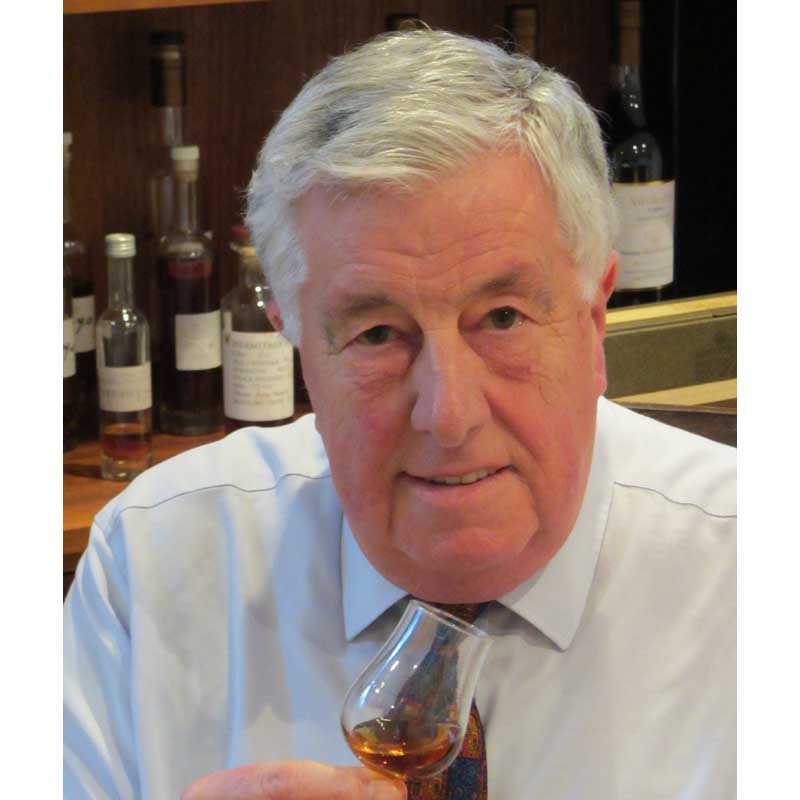
The Difference Between Armagnac and Cognac Production
The difference between armagnac and cognac production is considerable. Originally the predominance of Ugni Blanc and to a very much lesser degree, the Folle Blanche and Colombard grapes in the vineyards of Cognac provided a basis for Armagnac production. Now the use of Folle Blanche is considerably greater and another grape variety is also allowed. Known as Baco, it is a cross between the Folle Blanche and the Noah, a grape not known for making quality wine but in many ways ideal for armagnac since it crops relatively late and in good quantities. As with cognac the winemaking is relatively basic… Read more
David on Technical Topics – The Growth of the Armagnac Industry
The growth of the Armagnac industry has taken a long time from its very early beginnings. At the turn of the twentieth century the French boundary commission decided to follow local customs and divide the Armagnac region into three, The Bas Armagnac, Ténarèze and Haut Armagnac, each one corresponding to a geological, geographical and commercial reality. The finest of the armagnacs come from the Bas Armagnac region whilst at the other end of the scale, very little is produced in Haut Armagnac, having never really recovered from the Phylloxera outbreak at the end of the nineteenth century. The outbreak affected… Read more
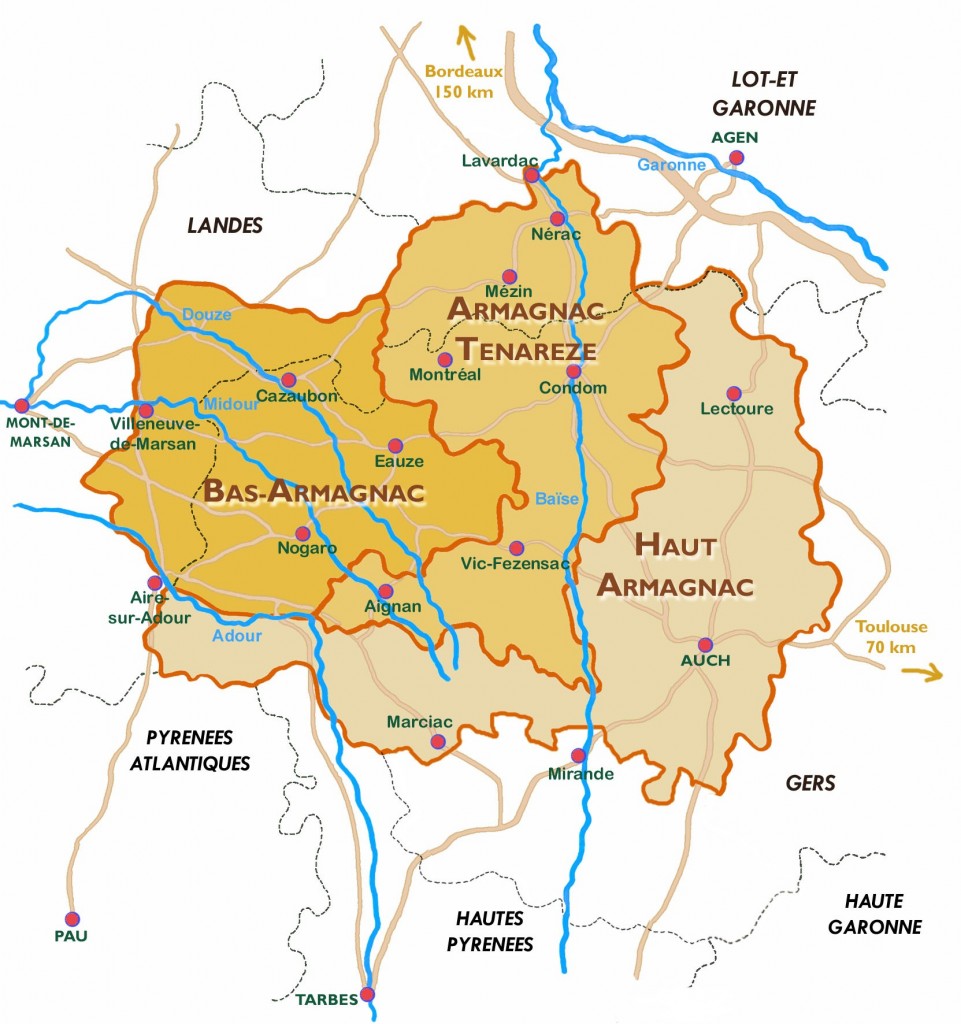
David on Technical Topics – Armagnac, A Brief History
There is something unusual occurring in the region of armagnac, the people are Gasçons but the closer you get to the centre, around the small town of Eauz, the more they refer to themselves as Armagnaçais. But whatever they call themselves, they are warm and friendly, lovers of rich food and drink especially truffles and ‘foie gras’, and inhabitants of a rural paradise unspoilt by urban sprawls. The region is tucked away about a hundred miles south of Bordeaux. It stretches back from the sands of the Landes through a series of gentle valleys, which have none of the grim… Read more
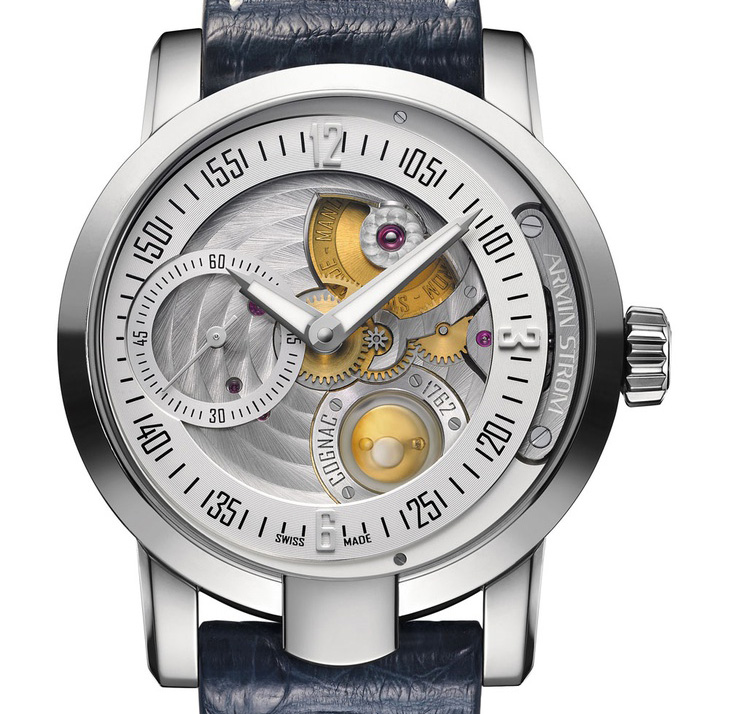
World’s Oldest Cognac in a Watch
Swiss watchmaker, Armin Strom, has teamed up with Wealth Solutions (known for its management of exceptional luxury products) to produce a timepiece containing what is thought to be the world’s oldest cognac sold at auction. The Armin Strom Manual Cognac Watch contains drops of 1762 cognac in a sealed sapphire crystal disc that can be seen on the watch face. The Cognac in a Watch idea was the brainchild of Armin Strom’s head watchmaker, Claude Greisler, who devised the concept. Previously Armin Storm have produced watches containing parts of Formula 1 cars! The cognac-filled capsule is positioned at 5 o’clock… Read more
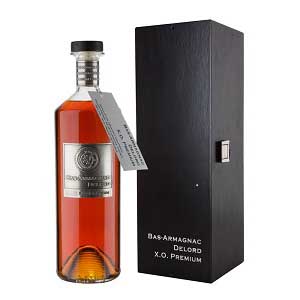
The Bottle Story – Delord XO Premium Armagnac
The latest release from the house of Delord is a Delord XO Premium Armagnac. Blended from Bas Armagnac eau de vie that has been aged for between 25 and 45 years, our experience as a Delord supplier tells us that it will be rich in flavour and high in quality. Its appearance, however, is a departure from the norm. Presented in a more modern style of bottle with a metallic label replacing the distinctive hand written one, this is a very different image for Delord. We have just taken delivery of some more Delord vintages in their traditional green basquaise bottles, in… Read more
Brandyclassics Trade Training and Technical Topics
Providing Training for the Trade is a very important part of life at Brandyclassics and we are always looking to improve our service in this area. Following on from the monthly Technical Topics David has been publishing, we now have a dedicated area on our website for Brandyclassics Trade Training. You will find it on the drop down menu of our Information section. Links in the text will provide more detailed information and these will be updated monthly. Please take a look, it is designed to help train you and your staff so any feedback would be welcome. Recently published Technical… Read more

Cognac Popularity Increases
The cognac regulatory board (BNIC) has just announced that there was record growth in 2015, with exports reaching a historical high, both in terms of volume and value. An exceptional performance in each of cognac’s major markets, but especially North America, accounts for these results. The Far East, particularly China, renewed its growth and exports to Europe stabilised. New markets in South Africa and Australia continued to grow and together, now account for more than 6% of all global exports by volume. Cognac is certainly making a positive contribution to French trade figures. A record year in both volume and… Read more

Cognac Houses Address Climate Change
As temperatures steadily rise across the globe, the knock on effect of climate change on viticulture is being felt by all wine producers. In the Cognac region it has been found that during the last 30 years, a 1°C increase in the maximum daytime temperature during the growing period of the vine has resulted in a 10 day advancement of the harvest. Whilst harvesting early has so far been successful, temperature increases also compromise the acid levels in the grapes (high acidity is essential for cognac production.) Longer term a different solution must be found so some of the big… Read more
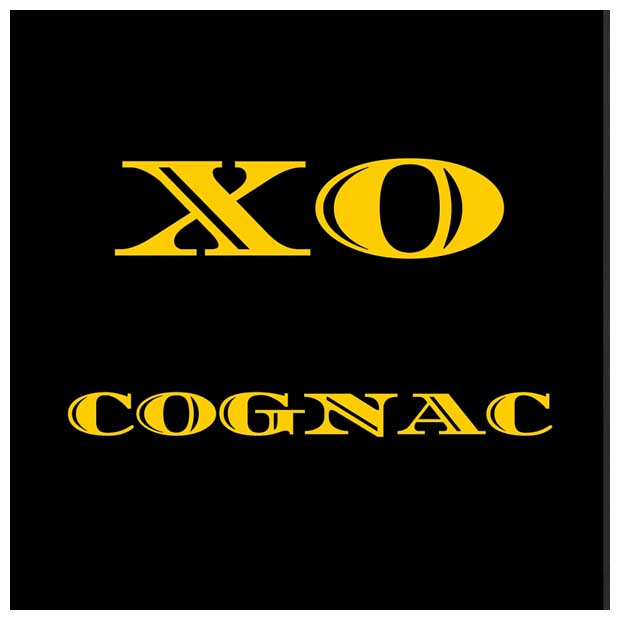
Definition of XO to Change
The proposed rule for changing the minimum age of XO cognacs, set to come into operation in 2016, from the current age of 6 ½ years to 10 years has now been postponed until 2018. This change to a more realistic minimum age was first discussed nearly twenty years ago and various dates have been set for the change since. A shortage of 10 year old stock has been cited as the reason for the delay. Even though demand has slowed recently for the more expensive cognacs in China, it has increased in other markets, especially America. When and if… Read more
